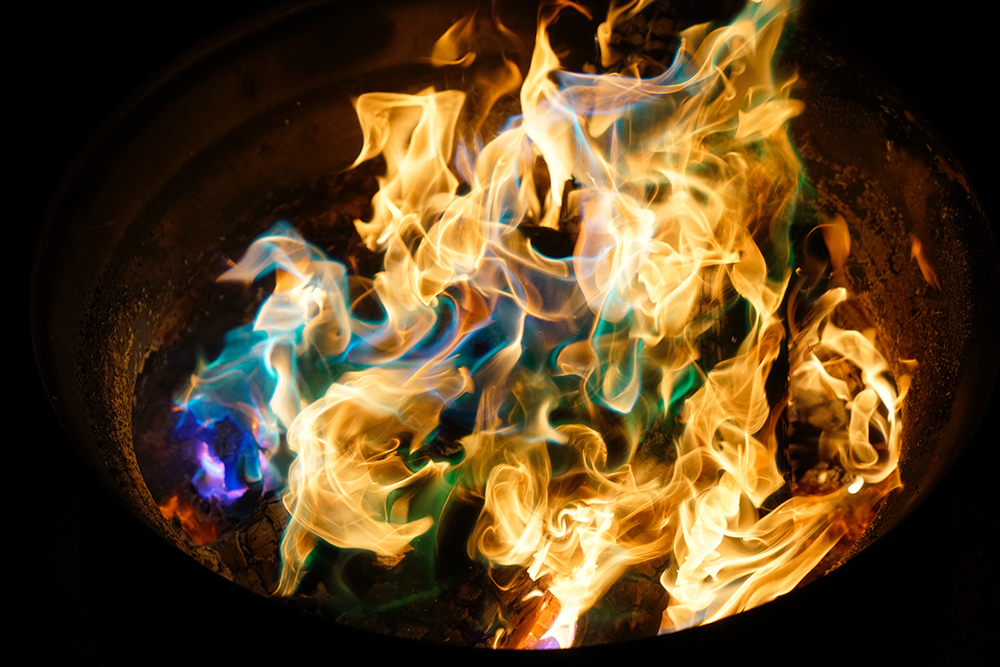Wood fuel has a dirty reputation.
Used for home cooking, it generates indoor air pollution, the single biggest environmental hazard worldwide, with 4 million deaths every year. While agriculture pulls the strings of deforestation, fuel wood is a forest degradation culprit.
What’s more, wood fuel is mostly a black-market commodity with all the resulting consequences.
Wood also takes a long time to gather. It denies –often- women and children to allocate time for other activities like education, agriculture, health care, etc.
In the meantime, FAO reports that over 2.4 billion people cook their food using open fires and primitive stoves. In Africa, the dependence on wood fuel for cooking is over 60%, in Asia and Oceania it is over 40%.
Very few foods we eat can be consumed raw, especially those with high nutrition value, like meat or beans. Many cuisines in Africa and Asia are essentially slow cook based and if the wood fuel is not available, people resort to faster food options that are lower in nutrition.
Cooking and boiling is also a way of killing pathogens and a preservation method because dried or smoked fish and meat can be saved for a rainy day. All in all, the food security of about of a third of the world’s population depends on wood fuel.
Experts gathered at the “Forest, Food and Energy” side event during the 44th session of the Committee on World Food Security agree: the demand for wood fuel in the developing regions will continue to rise, at least during the upcoming two decades. Wood fuel is here to stay, and it might be that, just like with any bad boy, we will need to figure out the right way of dealing with its trouble making.
